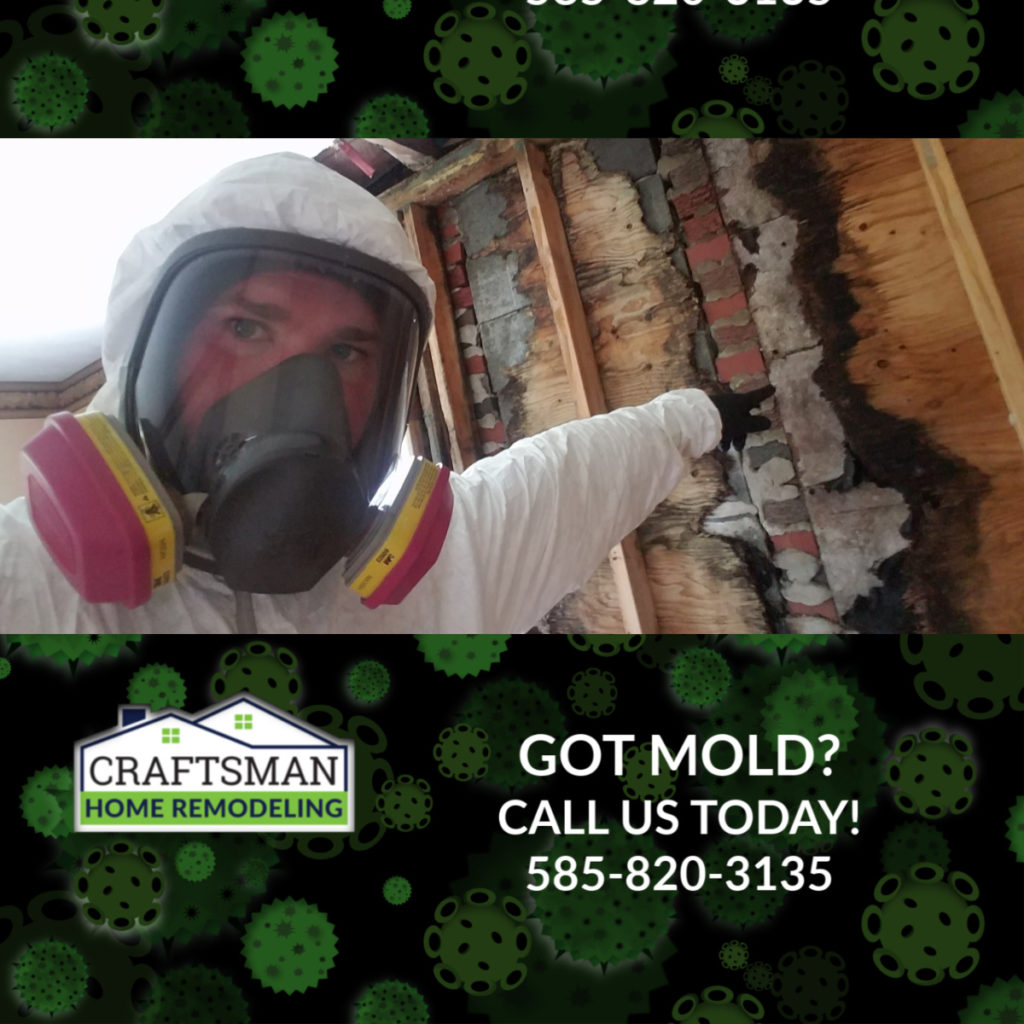Species of mold are found on every continent with human dwellings, including Antarctica. Molds have been discovered in the caves where our earliest ancestors lived. Visible mold in walls is an indicator of poor indoor air quality. Depending upon the species of mold, indoor air could contain millions of spores per cubic meter of air due to visible mold in walls. According to a study of indoor air in Austrian apartments with and without visible mold growth on walls, “The extent of visible mold growth is significantly correlated with both concentration of fungal spores (p<0.001) as well as the predominance of Penicillium sp. and Aspergillus sp. (p<0.001) in indoor air.”(Haas, Habib, et al). For growth to occur, mold behind walls requires a source of water. Often, this water source is found in the air we breathe.
The Role of Humidity in the Growth of Mold in Walls
Much is made in the popular literature of the role of water damage in the growth of mold in walls. Certainly, water damage provides an ideal environment for the germination and proliferation of mycotoxic molds such as Stachybotrys atra and the various toxic species of Fusarium. However, high relative humidity can also provide fungal spores with the moisture necessary for their germination as long as sufficient nutrients are present. For instance, Penicillium chrysogenum is capable of germinating on glass at 81% humidity and on leather at 72.8% humidity. (S. S. Block) The paper and gypsum in drywall provide ample carbon and nitrogen sources for innocuous household fungi such as Aspergillus species, and well as mycotoxic species such as Stachybotrys atra. Damp wood is also a favorite substrate for a variety of molds. Controlling the growth of mold behind walls is important because the mold can spread to such a wide variety of materials.
Preventing the Growth of Mold in Walls
The most effective strategy for preventing the growth of mold behind walls is to control atmospheric moisture and ensure that all materials which could support the growth of mold are clean and dry. The first thing you should do is remove any wet material. Time is of the essence, so act quickly. Mold in walls can grow as quickly as 48 hours, so you may not have much time to dry the area if a significant amount of moisture has been introduced. Use fans to dry walls and encourage air flow in confined spaces. When using a fan to reduce humidity or ambient moisture in an indoor environment, open a window to encourage the efflux of water from the building interior. If drywall or wood have been exposed to moisture and you are concerned about the growth of mold behind walls, use a dehumidifier to dry the affected area. Dehumidifiers are capable of drawing moisture out of the air, which will in turn draw moisture from the building materials and discourage the growth of mold behind walls. While using a dehumidifier, close all windows and doors to prevent external moisture from interfering with the drying process.
Mold Remediation Costs
When you have identified black mold in your home, you may be concerned by how much it will cost to rid your home of the offensive organism. The remediation cost to remove fungus spores from your home can range on average from $500.00-$3,300.00 or even higher. In order to remove the spores completely, sheet rock has to be replaced, wood cleaned and the wall may even need to be rebuilt. If spores have begun to grow inside your wall, a professional must be brought in to ensure that complete remediation is achieved. Mold can be extremely harmful to you and your health so do what is necessary to get it removed. Remediation will give you peace of mind that all of the spores have been removed and will not return.
Craftsman Home Remodeling Mold professionals are available to help you resolve this problem. They professionally identify and eradicate the problem areas in your home. To give yourself peace of mind and a clean home, Call us get a free quote 585-820-3135.
Share this Post

